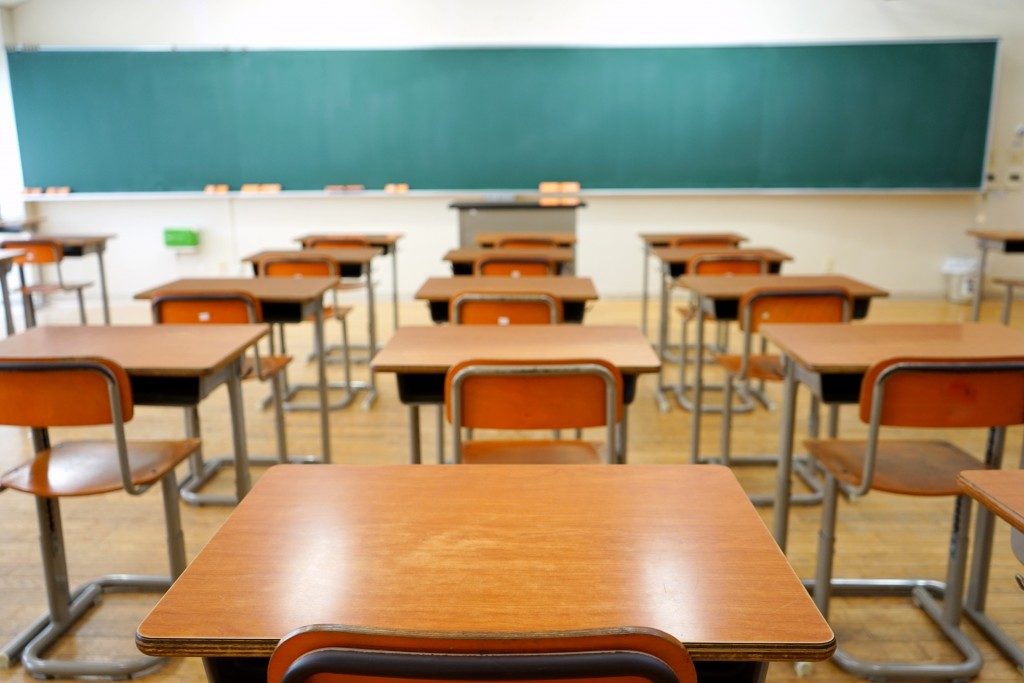More and more schools are reinventing their classrooms to encourage better creativity and collaboration. Now, they’re embracing a new classroom design that doesn’t have walls to divide them. A school in Miami houses a unique classroom design perfect for students. It doesn’t have walls separating the seven classrooms inside the campus. The unique classroom setting is on the third floor of the Medical Academy for Science and Technology. It’s a high school that caters to students who want to pursue courses related in the medical field.
NBC News says that the school furniture chairs have three different colours. Students have the option to align them in neat rows. They also have the liberty to rearrange them depending on the students’ activity. All pieces of furniture also have wheels fitted to help students move them around. The mobility that the wheels provide helps the students arrange their classroom. Doing so helps them change its look to fit various activities such as debates. They can even use it for creating projects that need collaboration, too. The institution is only one example of how schools are trying out various classroom designs that’ll fit the student needs.
The open classroom movement
 The idea of having an open classroom isn’t new. It started in the late 1960s and has recently made a comeback. It was a result of the people’s desire to create a collaborative workforce that will flourish in open office spaces.
The idea of having an open classroom isn’t new. It started in the late 1960s and has recently made a comeback. It was a result of the people’s desire to create a collaborative workforce that will flourish in open office spaces.
The idea of a rearrangeable classroom has faced a few push backs from critics, who argue that attempting to change the structure of the classroom without training the teachers will lead to problems. A lead researcher at the University of Salford Manchester said that teachers should have specific training for it. Doing so will help them manage the physical classroom to optimise children’s learning.
Creating a conducive learning environment
For professionals in the education industry, redesigning classrooms shouldn’t revolve around their appearance. Instead, they should base it on brain research and how they can use the space for learning. An area that allows students to move around can reduce student fatigue. It can also improve performance and even promote collaboration among students.
Research on brain activity says that movement inside the classroom matters. Without it, students may become disruptive or restless in class. They’ll often ask to go to the bathroom so they can have space to move around. When students work in groups, they can move around and ask their collaborators for help. Also, students will feel energised by the change in the arrangement.
Teachers who applied this setting noticed a change with their students. They noticed that kids stopped raising their hands to ask if they can go to the bathroom, giving them more time to learn. Now, more schools are thinking about changing the learning environment of students, too. The change will help students gain the skills that they need once they graduate.
A collaborative environment is a great way to help students learn better, so try to give it a chance. See if it’ll work in your classroom setting.
